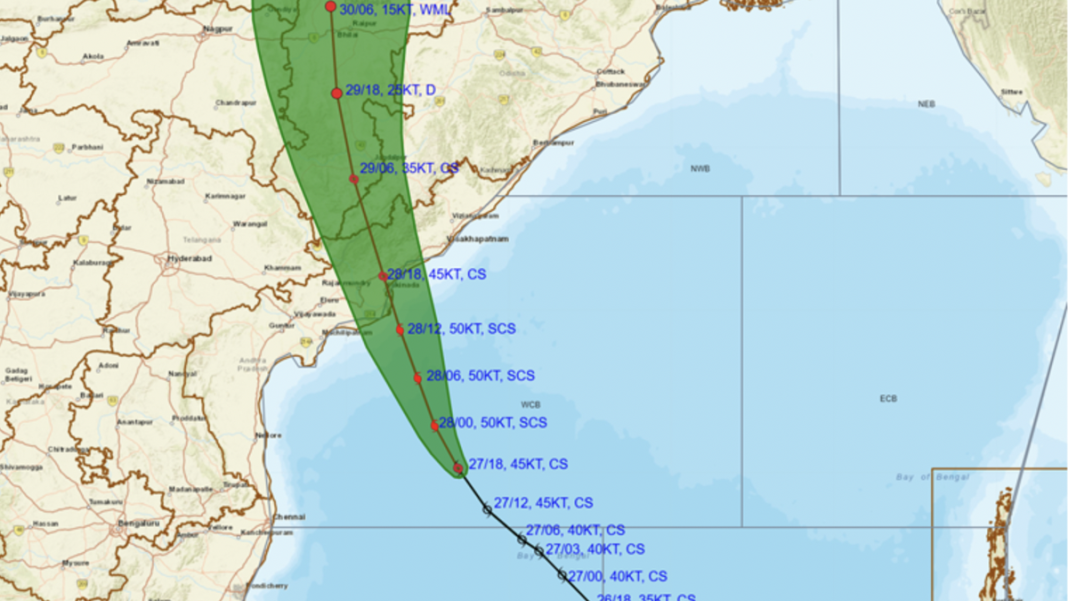Key Takeaways
- Cyclones move based on surrounding wind patterns, not by choice
- Trade winds typically push cyclones westward toward landmasses
- Monsoon winds in the Indian Ocean redirect cyclones toward India’s west coast
- Cyclone intensity depends on warm ocean waters, but movement depends on atmospheric winds
Tropical cyclones are carried by large-scale wind patterns that control their movement across oceans. These powerful storms form over warm waters but move according to surrounding winds, much like leaves swept along by a river current.
What Drives Cyclone Movement?
Tropical cyclones develop between 5° and 20° north and south of the equator. The dominant trade winds blow from east to west as part of the global Hadley circulation system. This convection pattern results from Earth’s uneven heating: warm air rises near the equator, moves toward the poles, cools and sinks around 30° latitude, then flows back toward the equator.
Earth’s rotation deflects this returning air westward through the Coriolis effect, creating the easterly trade winds that push storms across oceans.
Why Cyclones Hit Land
These westward-moving winds explain why:
- Bay of Bengal cyclones move toward India’s east coast
- Atlantic storms travel from Africa toward the Caribbean and Americas
- Pacific cyclones often head toward Asia and Australia
While cyclones draw energy from warm ocean waters and intensify offshore, surrounding winds determine their path. Storms may encounter other weather systems like mid-latitude westerlies that alter their course. Sometimes this steering carries storms harmlessly into open waters, but often the prevailing flow pushes them over land.
In December 2023, weak steering winds caused Cyclone Michaung to linger offshore for hours before landfall. If global geography were reversed, cyclones would typically move into open waters instead of toward coastlines.
Arabian Sea Exception: The Monsoon Effect
Why do Arabian Sea cyclones sometimes hit India’s west coast instead of moving toward Arabia or Africa?
While trade winds alone would push storms toward the Arabian Peninsula, monsoon patterns change this dynamic. Unlike consistent trade winds in Atlantic and Pacific oceans, Indian Ocean surface winds reverse direction with seasonal monsoons.
From June to September, southwest monsoon winds blow from southwest to northeast. During this period, steering flows over the Arabian Sea point toward India, carrying cyclones northeastward to make landfall along Gujarat, Maharashtra, and sometimes Kerala.
Outside monsoon season, northeast monsoon winds bring dry air from India toward Africa. Cyclones forming during winter and early spring typically drift westward toward Arabia or Somalia. However, cyclones rarely form during this period due to cooler waters and stronger wind shear.




